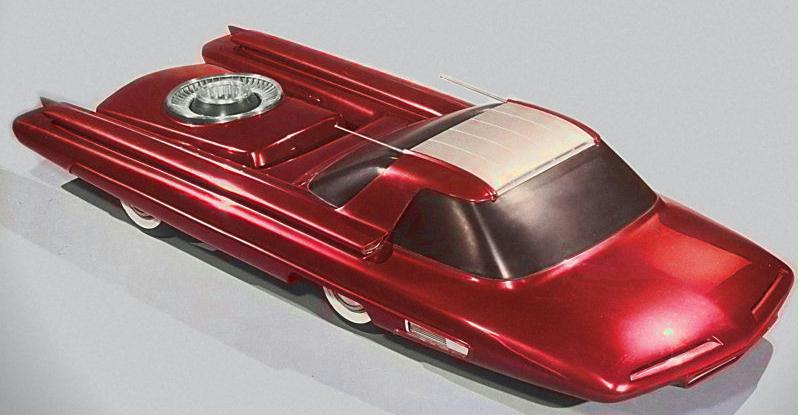
Preface. If trucks, tractors, ships, locomotives, and airplanes can’t run on electricity or the electric grid stay up without natural gas to balance wind & solar (see When Trucks Stop Running), if cement and steel and other products requiring the high heat of fossil fuels can’t be electrified and much more (see Life After Fossil Fuels), what’s the point of fusion or fission electricity? Is it even ethical do this since the wastes, toxic for a million years, aren’t being stored? There aren’t even any plans to do that that.
Alice Friedemann www.energyskeptic.com Author of Life After Fossil Fuels: A Reality Check on Alternative Energy; When Trucks Stop Running: Energy and the Future of Transportation”, Barriers to Making Algal Biofuels, & “Crunch! Whole Grain Artisan Chips and Crackers”. Women in ecology Podcasts: WGBH, Planet: Critical, Crazy Town, Collapse Chronicles, Derrick Jensen, Practical Prepping, Kunstler 253 &278, Peak Prosperity, Index of best energyskeptic posts
***
Nuclear Airplanes
Fuels made from biomass are a lot like the nuclear powered airplanes the Air Force tried to build from 1946 to 1961, for billions of dollars. They never got off the ground. The idea was interesting – atomic jets could fly for months without refueling. But the lead shielding to protect the crew and several months of food and water was too heavy for the plane to take off. The weight problem, the ease of shooting this behemoth down, and the consequences of a crash landing were so obvious, it’s amazing the project was ever funded, let alone kept going for 15 years (Wiki 2020).
Although shielding a plane enough to keep the radiation from killing the crew was impossible, some engineers proposed hiring elderly Air Force crews to pilot nuclear planes, because they would die before radiation exposure gave them fatal cancers. Also, the reactor would have to be small enough to fit onto an aircraft, which would release far more heat than a standard one. The heat could risk melting the reactor—and the plane along with it, sending a radioactive hunk of liquid metal careening toward Earth (Ruhl 2019).
Nuclear powered Cars
In 1958, Ford came up with a nuclear-powered concept, the Nucleon car that would be powered by a nuclear reactor in the trunk.
In the 1950s and 1960s, there was huge hype around nuclear energy. Many believed it would replace oil and deliver clean power.
Had Ford gone ahead and made an actual working version of the Nucleon, the company says drivers would have fueled it with Uranium pellets. Ford never actually made a working version, though.
The Nucleon car would use an atomic reactor like a nuclear submarine, fissioning Uranium pellets to heat water into steam that could turn turbines to produce electric power and turn it into mechanical power.
Running low on uranium? Just head to a Uranium station to get a new nuclear capsule, good for another 5,000 miles and no emissions.
Not surprisingly, the Nucleon project was scrapped since small-scale nuclear reactors and lightweight shielding materials couldn’t be developed. Just as well not to have 100+ mph nuclear bombs on our roads (Beedham 2020).
Nuclear Tanks (Peck 2020)
Chrysler’s design was essentially a giant pod-shaped turret mounted on a lightweight tank chassis, like a big head stuck on top a small body. The crew, weapons and power plant would have been housed in the turret, according to tank historian R.P. Hunnicut’s authoritative “A History of the Main American Battle Tank Vol. 2″.
The four-man vehicle would have weighed 25 tons, with a closed circuit TV to protect the crew from the flash of nuclear weapons and to increase the field of vision, running on a vapor-cycle power plant using nuclear fuel.
The Army also considered a nuclear tank to replace M-48 Patton. The 50-ton tank would have been propelled by a nuclear power plant that created heat to drive a turbine engine. The range of the vehicle would have more than 4,000 miles.
Obviously, such a tank would have been extremely expensive and the radiation hazard would have required crew changes at periodic intervals, as well as more ammunition. On top of the usual dangers such as fire or explosion, crews in combat would have worried being irradiated if their tank was hit. Pity the poor mechanics as well who would have had to fix or tow a damaged tank leaking radioactive fuel and spitting out radioactive particles.
Most important of all, nuclear-powered tactical vehicles would destroy the whole concept of nuclear non-proliferation. A fleet of atomic tanks would have meant hundreds or thousands of nuclear reactors spread out all over the place.
References
Beedham, M. 2020. Remembering the Nucleon, Ford’s 1958 nuclear-powered concept car that never was. thenextweb.com
Peck, M. 2020. Why America’s nuclear-powered tank was a dumb idea. Nationalinterest.org
Ruhl, C. 2019. Why There Are No Nuclear Airplanes. Strategists considered sacrificing older pilots to patrol the skies in flying reactors. An Object Lesson. The Atlantic.
Wiki. 2020. Nuclear-powered aircraft.

4 Responses to Nuclear powered airplanes, cars, and tanks